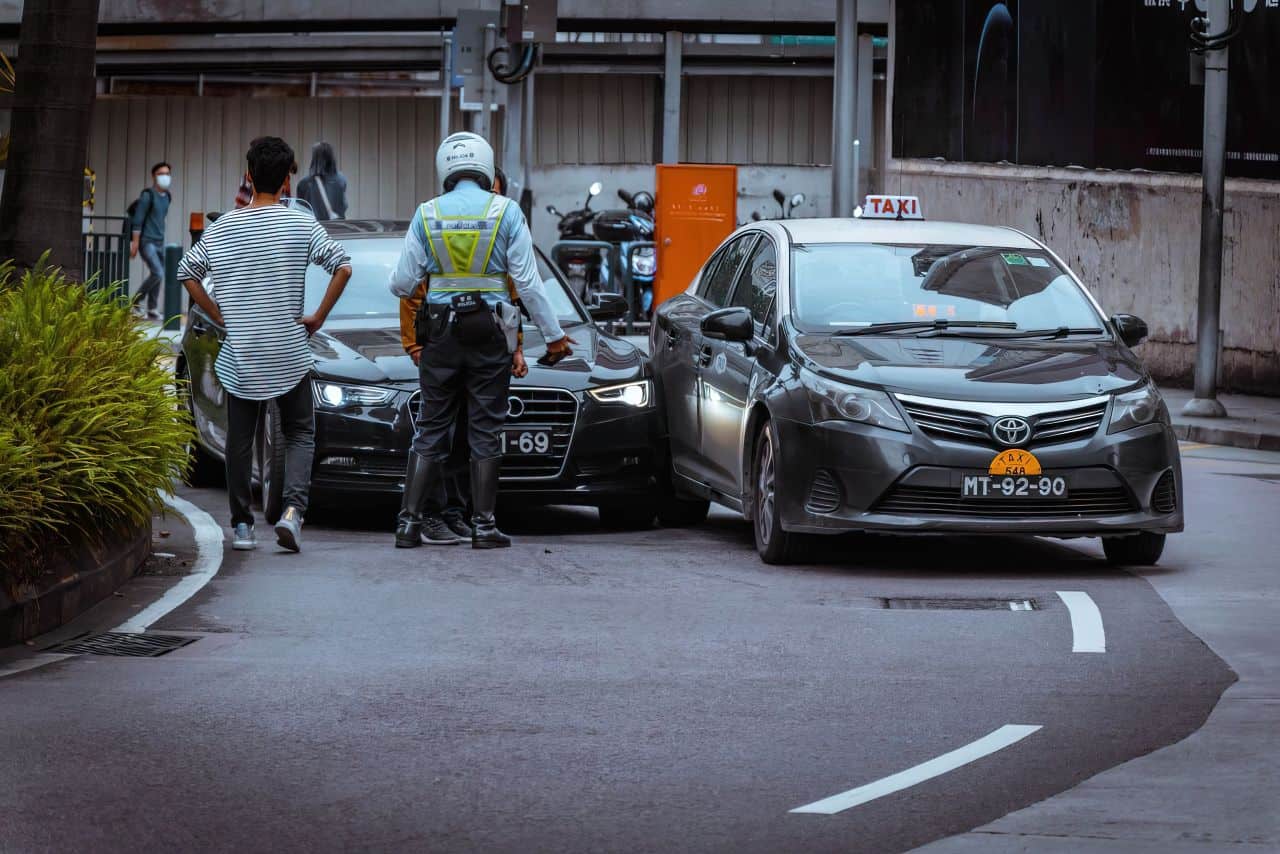Car accidents are a prevalent concern on today’s roads, affecting millions of lives each year. While various factors contribute to these unfortunate events, understanding the primary causes is essential for promoting road safety and minimizing the legal consequences that often follow. In this comprehensive guide, we’ll delve into the top causes of car accidents and the significant legal implications that arise from them. From distracted driving to adverse weather conditions, we’ll navigate through the various factors that can lead to accidents and shed light on how the legal system responds.
Distracted Driving
According to a law firm, distracted driving has emerged as one of the leading causes of car accidents in recent years. This perilous behavior involves engaging in activities that divert a driver’s attention away from the road. Texting, talking on the phone, browsing social media, and even eating behind the wheel are all forms of distraction that can result in catastrophic accidents.
From a legal standpoint, distracted driving is a clear violation of road safety regulations. Laws prohibiting cell phone use while driving have been enacted in many jurisdictions, with strict penalties for offenders. In the event of an accident caused by distracted driving, the driver’s liability can be heightened, potentially leading to higher fines, insurance premium increases, and even criminal charges in severe cases.
Speeding
Excessive speed remains a significant factor in car accidents, often intensifying the severity of collisions. When vehicles travel at high speeds, reaction times decrease, making it difficult to avoid obstacles or react to sudden changes in traffic conditions. Additionally, high-speed crashes can lead to more devastating injuries and property damage.
The legal implications of speeding are multi-fold. Driving above the posted speed limit or too fast for road conditions not only increases the likelihood of an accident but also exposes the driver to civil liability. In cases of reckless driving, where speed is a prominent factor, courts may impose punitive damages to deter future violations. Moreover, insurance companies are more likely to deem drivers at fault for accidents caused by speeding, potentially leading to coverage disputes and increased premiums.
Impaired Driving
Driving under the influence of alcohol or drugs remains a grave concern for road safety. Impaired drivers experience reduced coordination, impaired judgment, and slower reaction times, significantly increasing the risk of accidents. These accidents can result in life-changing injuries or fatalities, leaving a trail of devastation in their wake.
The legal ramifications of impaired driving are severe and widely acknowledged. Law enforcement agencies employ stringent measures to combat this behavior, including sobriety checkpoints and breathalyzer tests. Convicted impaired drivers face hefty fines, license suspension, mandatory rehabilitation programs, and even imprisonment. Moreover, if an impaired driver causes an accident, they may be held criminally liable, facing charges ranging from vehicular manslaughter to aggravated assault.
Weather Conditions
Adverse weather conditions pose a significant challenge to drivers. Rain, snow, ice, and fog can all impair visibility, decrease traction, and make road surfaces slippery. These factors combine to create hazardous driving environments that require heightened caution.
Navigating the legal implications of accidents caused by weather conditions can be complex. While drivers are generally expected to adjust their behavior according to prevailing weather, determining liability can be intricate. If a driver fails to adapt to adverse conditions and causes an accident, they might still be held accountable, especially if their actions are deemed reckless or negligent. However, these cases often require a thorough investigation to establish fault definitively.
Running Red Lights
Running red lights is a perilous behavior that puts both the driver and other road users at great risk. Intersection collisions resulting from red light violations can lead to side-impact crashes, often causing severe injuries due to the vulnerable angles of impact.
The legal implications of running red lights are straightforward. Traffic signals are designed to maintain order and safety on the roads, and disregarding them constitutes a clear violation of traffic laws. In cases where red light runners cause accidents, they are almost invariably considered at fault, leaving them susceptible to legal consequences such as fines, increased insurance premiums, and potential lawsuits from injured parties seeking compensation.
Conclusion
Understanding the top causes of car accidents and the legal implications they entail is crucial for fostering safer roadways. From distracted driving to impaired driving, these factors are more than just statistics; they have far-reaching consequences that can impact lives in profound ways. By promoting awareness and adhering to road safety regulations, drivers can contribute to the reduction of accidents and ensure they don’t find themselves entangled in the legal aftermath of their actions. Remember, staying informed and responsible is not only a legal obligation but a moral duty that safeguards the well-being of all road users.

